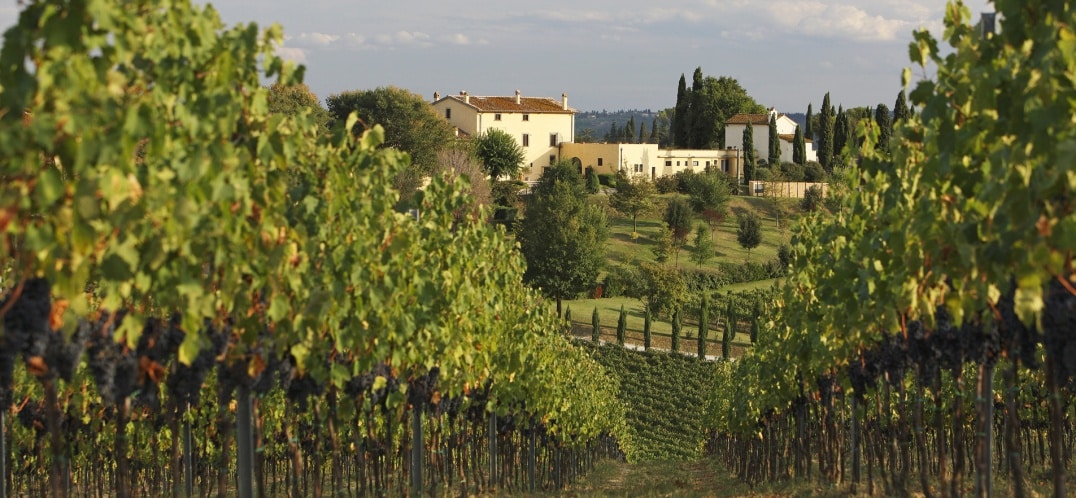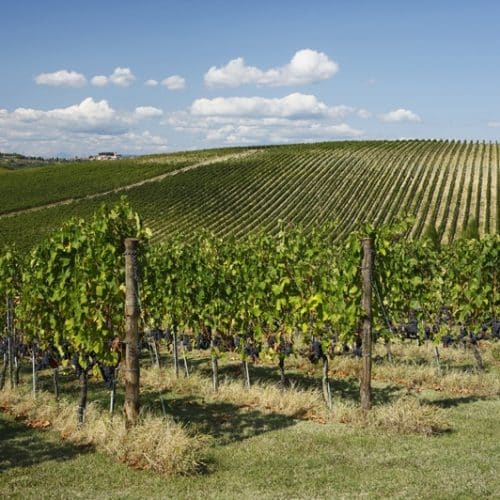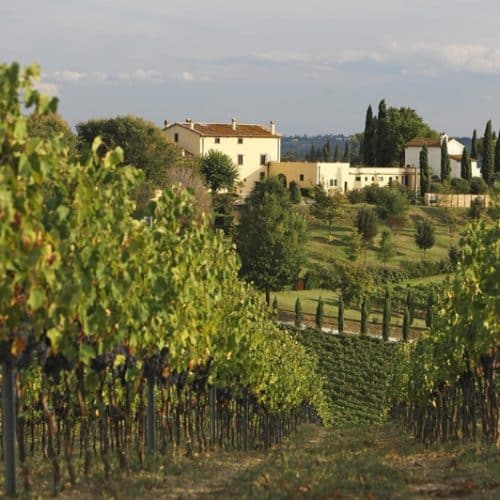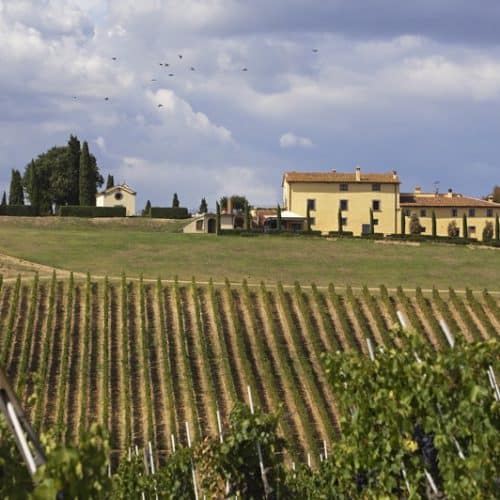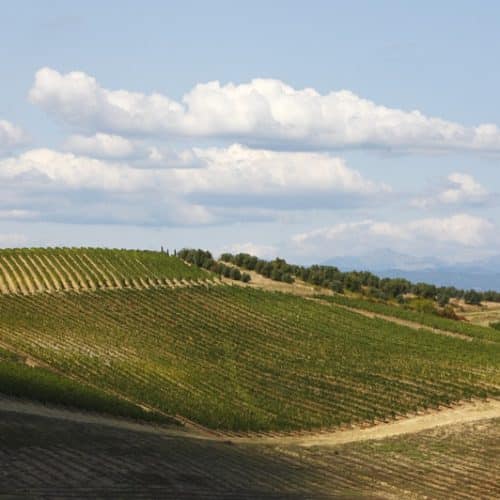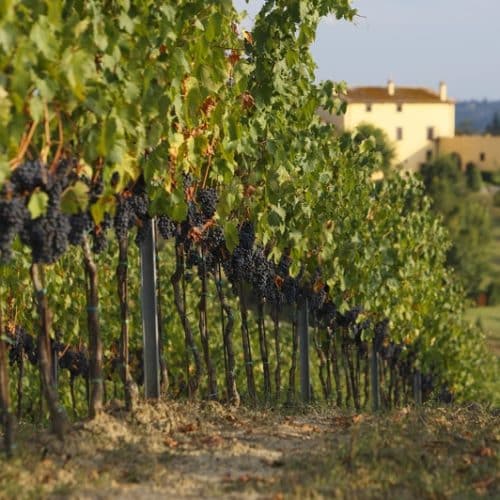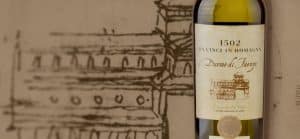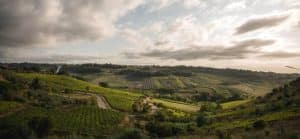In France, the term cru referring to a wine has a precise and different meaning compared to Italy.
Cru is a past participle noun of the verb “croitre”, which means “what grows in a region”, and is used in the world of wine to indicate a particular vineyard that grows in a certain area and from which a wine is obtained particularly excellent.
The use of the term cru, in France, has ancient origins and seems to have been used for the first by the winemaking monks of Burgundy, who used this word to refer to the best vineyards of their possessions which were delimited by low walls in order to better recognize them. Each vineyard had a name, to which the term “cru” was added. In France, where the use of this term is regulated, there is a cru scale to indicate even more precisely and broaden the meaning of the term. It ranges from Premirs Crus (the wines made from the best vineyards) to descending: Deuxièmes Crus, Troisièmes Crus, Quatrièmes Crus, Cinquièmes Crus and so on.
